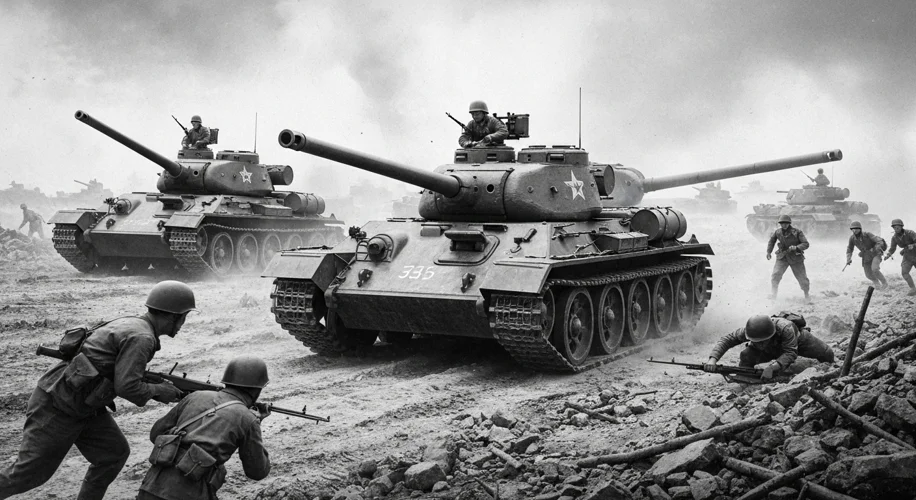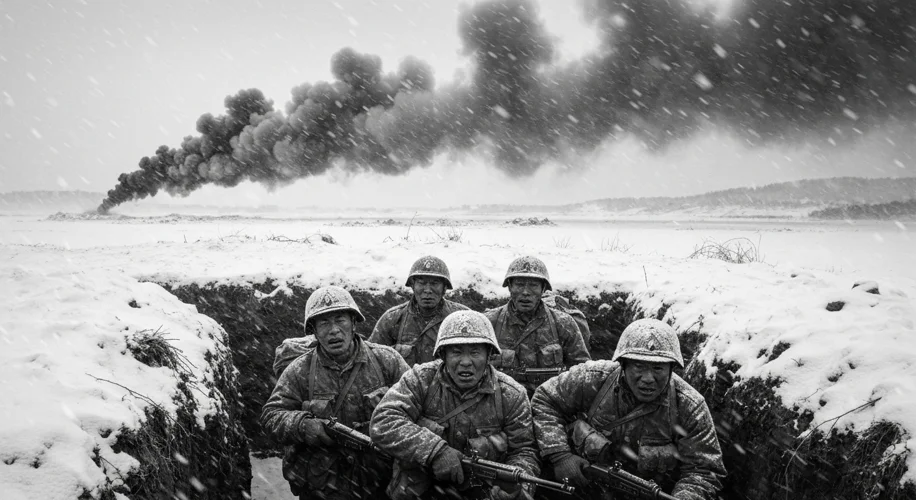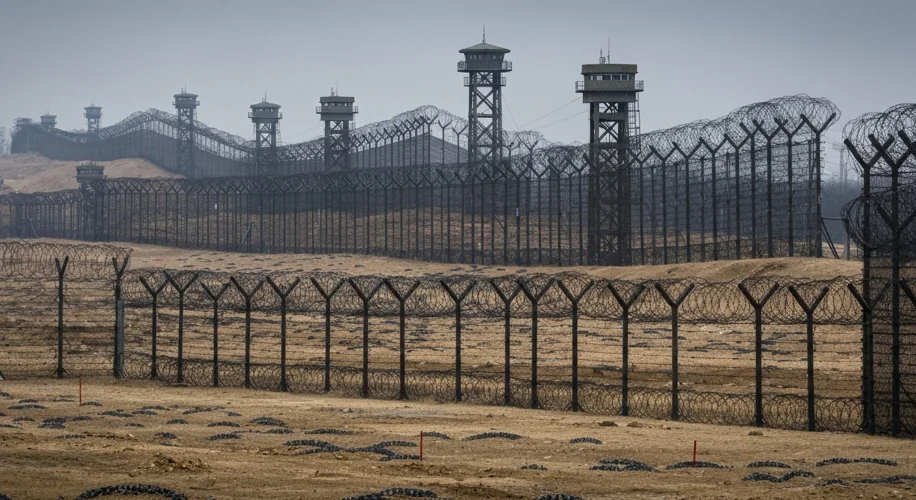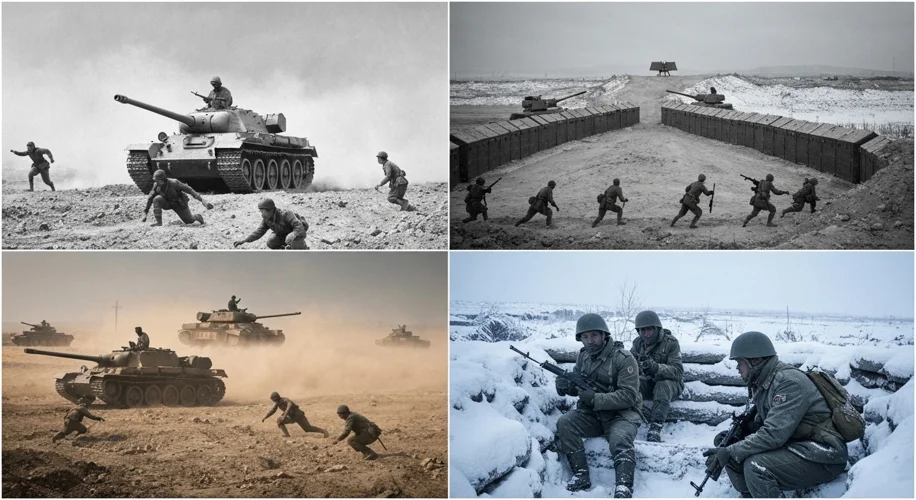The year is 1950. The world, still reeling from the devastation of World War II, found itself teetering on the brink of another global conflict. The icy grip of the Cold War had tightened, dividing nations and ideologies into two opposing camps. In this charged atmosphere, a seemingly localized conflict erupted on the Korean Peninsula, a land brutally divided by the victors of the Second World War.
Korea, a unified nation for centuries, had been subjected to Japanese colonial rule from 1910 to 1945. Following Japan’s defeat, the peninsula was arbitrarily split at the 38th parallel. The Soviet Union occupied the North, fostering a communist regime under Kim Il-sung, while the United States administered the South, supporting a nascent republic led by Syngman Rhee. Both leaders harbored ambitions of reunifying the peninsula under their respective ideologies, creating a powder keg waiting for a spark.
That spark ignited on June 25, 1950. Under the cover of predawn darkness, Kim Il-sung’s Soviet-backed North Korean People’s Army (KPA) surged across the 38th parallel with overwhelming force. Their objective was clear: to conquer the South and establish a single communist Korea. The initial onslaught was devastating. South Korean forces, poorly equipped and poorly trained, were rapidly pushed back, their capital, Seoul, falling within days.

The world watched with bated breath. The United States, under President Harry S. Truman, saw this as a direct challenge to the burgeoning containment policy against communism. Within days, the United Nations Security Council, with the Soviet Union absent due to a boycott, passed a resolution authorizing military intervention to repel the North Korean aggression. This marked a pivotal moment – the UN, conceived to prevent future wars, was about to engage in its first major armed conflict.
What followed was a brutal and complex struggle. The initial North Korean advance was so successful that it threatened to engulf the entire peninsula. However, a daring amphibious landing by UN forces, primarily American soldiers under the command of General Douglas MacArthur, at Inchon in September 1950 dramatically changed the tide. This brilliant maneuver cut off KPA supply lines and allowed UN forces to push deep into North Korea, reaching the Yalu River border with China.
But this was not the end. China, fearing a US presence on its border, intervened in massive numbers in late 1950. The Chinese People’s Volunteer Army, numbering hundreds of thousands, overwhelmed the UN forces, driving them back south of the 38th parallel once again. The war devolved into a brutal stalemate, with front lines oscillating back and forth along the pre-war boundary for nearly three years.
Life for the soldiers on the ground was a relentless nightmare. The Korean Peninsula became a landscape of shattered villages, frozen battlefields, and endless artillery duels. Soldiers endured the biting cold of winter, the sweltering heat of summer, and the constant gnawing fear of ambush or artillery fire. The slogan “Home by Christmas” became a cruel taunt as the war dragged on, consuming lives and resources.

This was not just a war of soldiers; it was a war of civilians, too. Millions of Koreans were displaced, caught between warring armies, suffering from bombing raids, starvation, and disease. Families were torn apart, with many never to be reunited. The sheer human cost was staggering, earning the conflict the somber moniker, the “Forgotten War.”
The armistice agreement, signed on July 27, 1953, brought an end to the fighting, but not to the war itself. The Korean Peninsula remained divided, with a heavily fortified Demilitarized Zone (DMZ) serving as a stark reminder of the unresolved conflict. No peace treaty was ever signed, leaving the two Koreas technically still at war.
The consequences of the Korean War reverberated far beyond the peninsula. It solidified the division of Korea, creating two vastly different nations: a prosperous, democratic South and an isolated, authoritarian North. It demonstrated the UN’s capacity for collective security but also highlighted the deep divisions within the Security Council. For the United States, it was the first major “hot war” of the Cold War, significantly expanding its military commitment and presence in Asia.

The war also had a profound impact on China, showcasing its newfound military strength and cementing its role as a major global power. It escalated the arms race between the US and the Soviet Union and set the stage for future proxy conflicts around the world.
The Korean War, often overshadowed by World War II and the Vietnam War, was a defining conflict of the 20th century. It was a brutal testament to the ideological struggles of the Cold War, a crucible that forged new geopolitical alliances, and a human tragedy etched into the memory of a divided peninsula. Its legacy continues to shape regional tensions and global politics to this day, a somber reminder that even seemingly contained conflicts can have far-reaching and enduring consequences.

